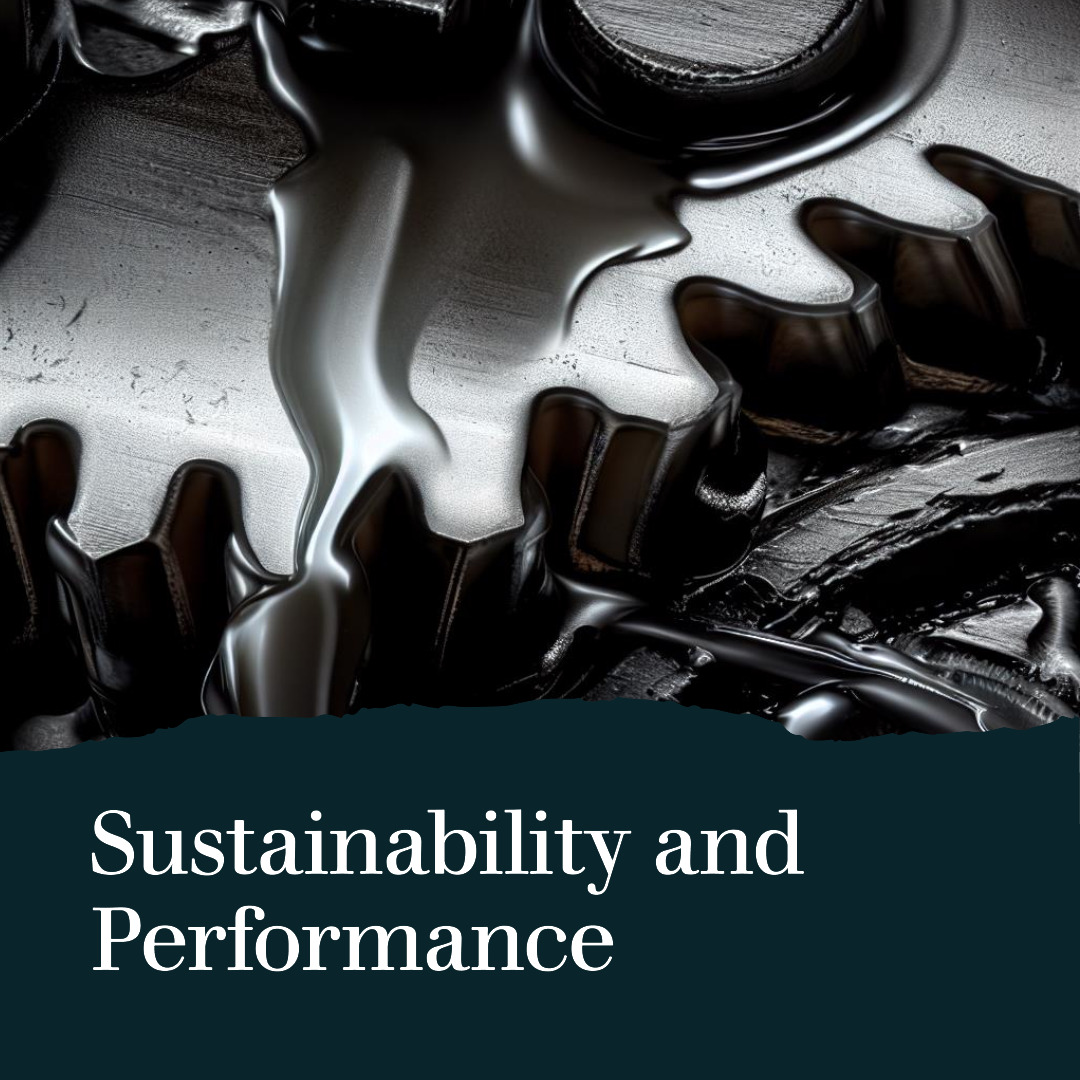The metalworking industry is continually evolving, driven by technological advancements, market demands, and regulatory changes. One area that has seen significant transformation is the development and use of metalworking fluids and lubricants. This article explores the current trends in this sector, with a particular focus on sustainability and performance.
Increased Speed and Foam Control
As machinery and tools become faster and more efficient, the demands on metalworking fluids and lubricants have increased. These fluids must perform at higher speeds while simultaneously limiting wear and controlling foam formation. Increased speeds in next-generation machinery produce more foam, which must be controlled to ensure optimal results. To address these challenges, manufacturers are developing new emulsifiers that offer ultra-low foam and enhanced defoaming properties without resulting in soap formation or requiring additional defoamers.
Simplified and Low-Label Solutions
Regulations are becoming more stringent, calling for versatile, simplified, and low-labelling lubricants and metalworking fluids. Creating mixtures with fewer ingredients enables formulators to obtain OEM approvals more easily and reduce complexity in re-formulation processes. Manufacturers are responding to these changing classifications and labeling requirements by offering a new generation of emulsifiers with milder labels and biostable emulsifiers.
Lightweighting
In industries such as automotive, there is a growing trend towards lightweighting – the use of lighter alloys, like aluminum, and the introduction of smaller and more compact engines to achieve weight-reduction goals. As these materials change, metalworking fluids and lubricants must adapt to ensure anti-wear performance and staining inhibition. Manufacturers are developing multifunctional performance additives that improve wear protection, corrosion inhibition, and limit the staining of metals like aluminum in stringent environments.
Low-SAPS and SAPS-Free Formulations
As sustainability becomes more important, formulations without sulphated ash, phosphorus, and sulphur (SAPS) are becoming more essential. Metalworking fluid and lubricant ingredients that limit or prevent SAPS production are in high demand, especially as regulations continue to change. Manufacturers are offering a range of low-SAPS and SAPS-free components for lubricants and metalworking fluids.
In conclusion, the trends in metalworking fluids and lubricants are driven by the need for improved performance, regulatory compliance, and sustainability. As the industry continues to evolve, manufacturers will need to innovate and adapt to meet these changing demands.

